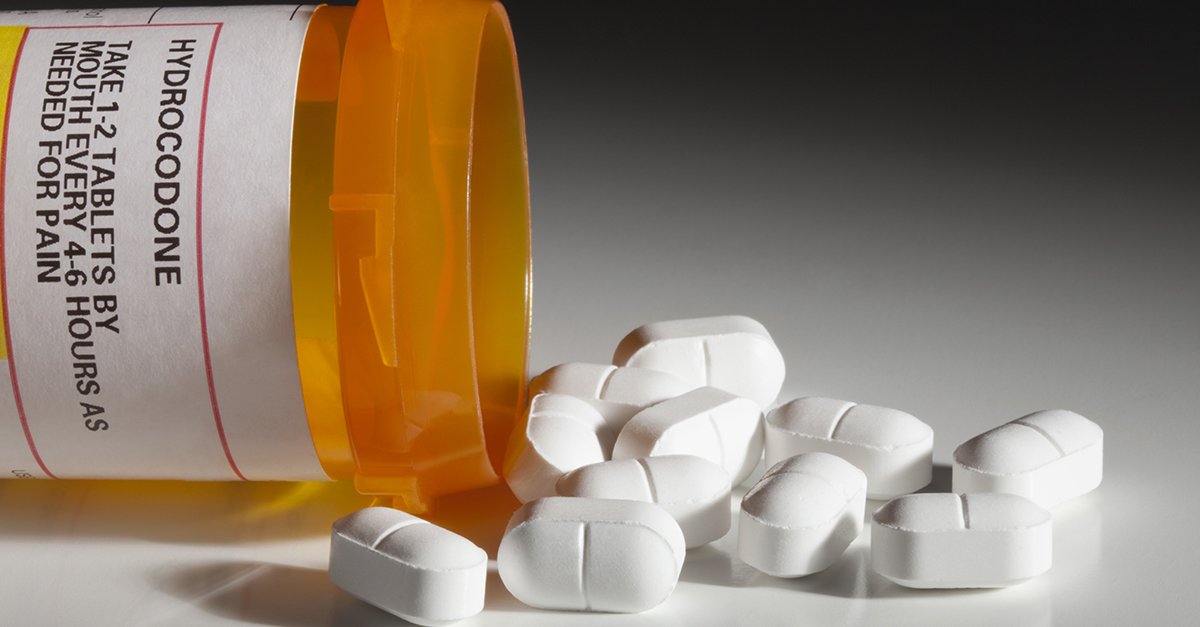
An epidemic is the rapid spread of an infectious disease in a large population within a short time frame. Unfortunately, not being an infectious disease, the opioid crisis does not fall into such a category. Yet, it is a rapidly expanding problem that is deadly and requires immediate attention. In the pursuit of treating the pain of those we serve, often the most commonly prescribed treatments cause addiction, abuse and criminal activity.
How did we arrive at this conundrum? As practicing physicians, we were inefficiently trained regarding how to treat pain, how to prevent addiction and what to do once it was identified. That, coupled with inadequate information regarding the highly addictive properties of opiates, led us to the present situation. So, in moving forward, what is the solution?
As a profession that is held to an ethos of healing and removal of pain, avoiding treatment is not an option. The resolution resides within a multipronged approach that incorporates providers, patients and the entire community. Treating those with pain will require a multi-disciplinary approach including non-opioid medication, biofeedback, acupuncture, meditation and other interventions. Re-educating the medical profession to understand the different modalities, their effectiveness, and to discern the appropriate intervention is paramount. Pain control solutions must expand beyond our current commonly used armament. Addiction must be recognized as a true disease and not an issue of “lack of will power.” It is no different than other chronic diseases and requires the same focus, attention and dedication to treatment.
Furthermore, those we treat have responsibilities. Expecting to be completely pain free with a pill is an inappropriate assumption. In addition to accepting lifestyle changes that might result from a situation that is associated with pain, there must be an understanding that, at times, there may be a level of unwanted discomfort. Society has the responsibility of having open and direct conversations concerning the impact of opioid addiction and use and its impact on us all. Our entire community must be part of the solution and not just say, “It is someone else’s problem, and it will never happen to me or my family.”
Simultaneously, we need to be careful in our thinking concerning regulations. We run the risk of swinging the pendulum too vigorously thereby creating a situation where those that need treatment go without. Limiting prescriptions in an inappropriate manner and putting too much fear in the minds of prescribers exacerbates the under treatment of appropriate measures. Thus, a degree of regulatory intervention is definitely needed, but must be done in the context of a more global approach of recognition, prevention, alternative treatment options and addiction treatment.
Physicians must lead in formulating a solution that works for those we treat while simultaneously supporting the community of providers that are needed for interventions. Only through an inclusive, innovative, creative and concerted effort, will we be able to stem the rapidly growing crisis we face.
